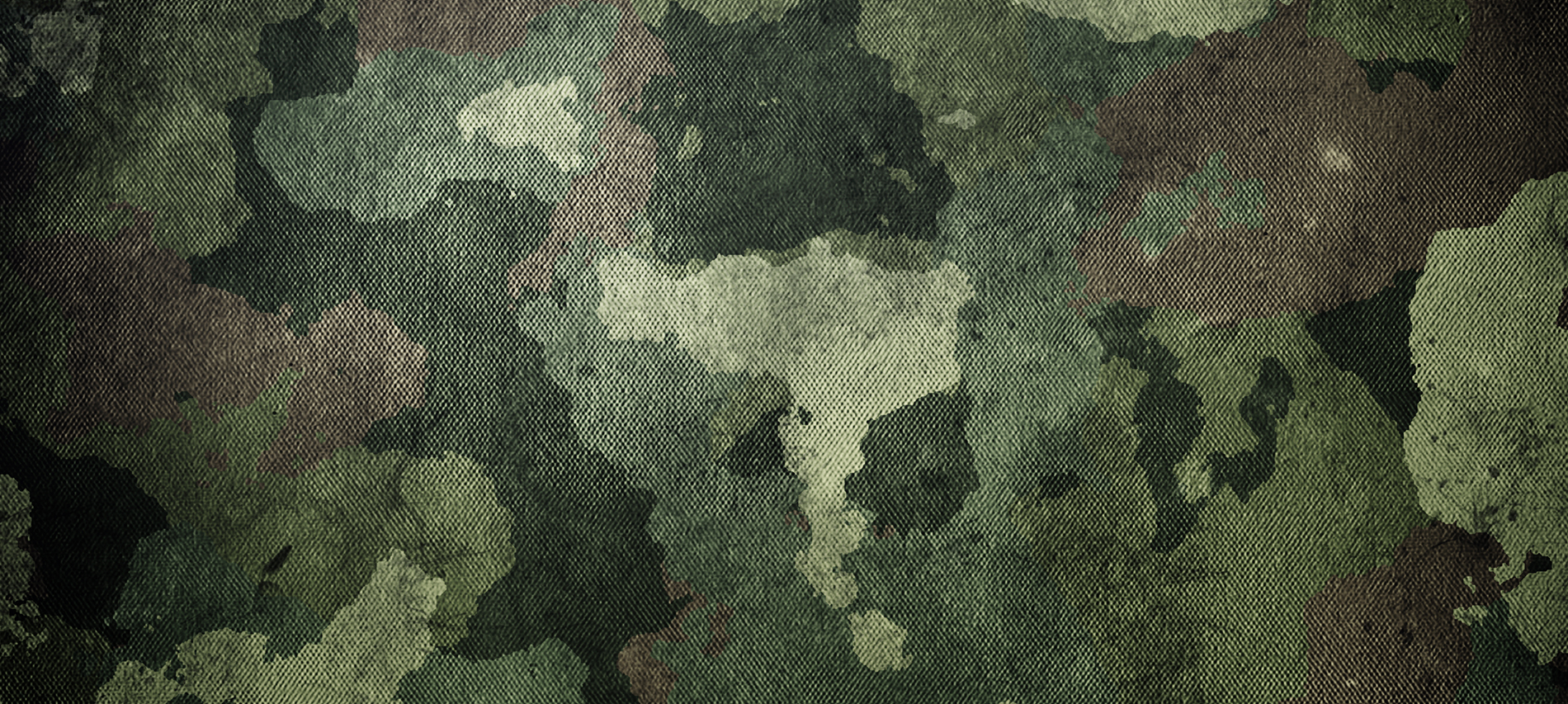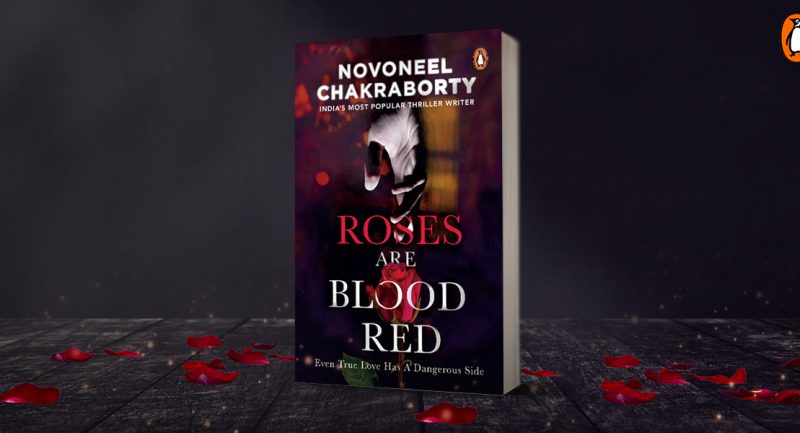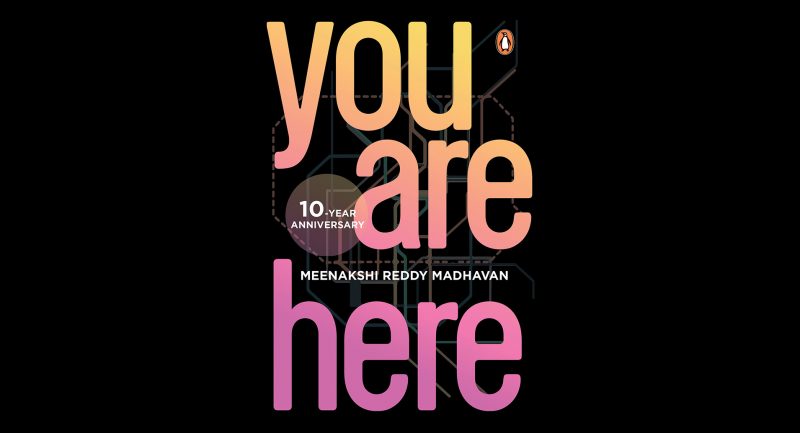
The Army major who led the legendary September 2016 surgical strikes on terror launch pads across the LoC; a soldier who killed 11 terrorists in 10 days; a Navy officer who sailed into a treacherous port to rescue hundreds from an exploding war; a bleeding Air Force pilot who found himself flying a jet that had become a screaming fireball . . .
India’s Most Fearless is a collection of their own accounts or of those who were with them in their final moments.
Here’s an excerpt from Chapter 1 of the book ‘We Don’t Really Know Fear’ :The September 2016 Surgical Strikes in PoK
—-
Uri, Jammu and Kashmir 18 September 2016
Final checks on the AK-47 rifles. Final checks on the stacks of ammunition magazines and grenades stuffed into olive-green knapsacks. The 4 men shoved fistfuls of almonds into their mouths, chewing quickly in the darkness and swallowing. Small, light and packed with a burst of energy, mountain almonds are as much a staple for terrorist infiltrators as their weapons are. The high-protein mouthfuls would have to sustain the 4 men for the next 8 hours.
At least 8 hours.
Dressed in deceptive Indian Army combat fatigues, and shaven clean to blend in, the 4 emerged from their concealed launch point below a ridgeline overlooking a stunning expanse of frontier territory. In total darkness, they trekked for 1 km down to the powerfully guarded premises of the Indian Army’s Uri Brigade in Jammu and Kashmir’s Uri sector, on the LoC.
The 4 men knew their mission was not particularly extraordinary. Indian military facilities had been attacked by Pakistani terrorists before. In fact, just 8 months earlier, in January 2016, an identical number of terrorists had infiltrated the Indian Air Force’s base in Pathankot, where they had managed to kill 7 security personnel before being eliminated.
But there was something these men did not know. What they were about to do would change India like nothing else had in the past quarter century. It would compel India across a military point of no return that it had resisted until then.
Above all, it would awaken a monster that Pakistan had been arrogantly certain would remain in eternal slumber.
Infiltrating the Army camp at Uri before sunrise, the 4 men crept forward with an unusual sense of familiarity. Their Pakistani handlers had clearly ‘war-gamed’ the attack with maps and models of the camp. Wasting no time in familiarizing themselves with the camp’s layout, they headed straight for a group of tents where the soldiers were sleeping.
By the time the sun was fully up and Special Forces (SF) commandos had been diverted to Uri as reinforcements, 17 Indian soldiers lost their lives. Two more would die later in hospital.
In a valley that has steadily numbed India with uninterrupted spillage of blood, the Uri terror ambush was special. Other than the horrifying scale of casualties the 4 terrorists managed to achieve, it was the hubris of the Uri attack that ignited unprecedented anger. It had come while families still mourned those who had died defending the Pathankot Air Force base only 8 months before.
Like the 4 terrorists, Pakistan was probably confident that India’s ensuing wrath would be confined to public outrage and diplomatic condemnations, a standardized matrix of responses that it had learnt to handle with mastery. But Pakistan did make 1 devastating miscalculation. India was about to use precisely its reputation for inaction to exact a hitherto unthinkable revenge.
As blanket coverage of the Uri attack took over television news and the Internet on the morning of 18 September, a chill descended upon India’s Raisina Hill in Delhi. Emergency meetings were held in the most secret ‘war rooms’ of the security establishment, one of them presided over by Prime Minister Narendra Modi along with National Security Adviser Ajit Doval.
It was at this meeting that the Indian leadership secretly took 2 major decisions: (1) the Indian military would take the fight to the enemy this time to deliver a brutal response to the Uri attack; (2) the country’s ministers, including Modi himself, would play their parts to perpetuate and amplify India’s reputation for inaction until such a time when the response had been delivered. An elaborate, carefully crafted political masquerade would thus begin the following morning.
Meanwhile, 800 km away and high up in the Himalayas, a young Indian Army SF officer sat grimly in front of a small television in his barracks. Uri was his area. His hunting ground. Away on a special 2-month mission to the Siachen Glacier with a small team of men from his unit, the calm of Maj. Mike Tango’s demeanour belied the fury that consumed him within. He watched familiar pictures from the Uri Army camp flicker on the screen in front of him. And just as the Indian government was about to decide on an unprecedented course of action, a prescient warning rang in the Major’s mind.
‘We knew the balloon had gone up. This wasn’t a small incident. There was no question of sitting silent. This was beyond breaking point,’ he says.
As second-in-command, or 2IC, of an elite Parachute Regiment (Special Forces), or the Para-SF as it is called, Maj. Tango had spent a decade of his 13 service years in J&K. He had been part of over 20 successful antiterror operations. And yet, the morning of 18 September had sent a knife through the officer’s heart. He could not wait to get back to the rest of his unit deployed in and around where the terrorists had struck.
Upon receiving the call from Udhampur that he had been expecting, from his unit’s Commanding Officer, or CO, Maj. Tango gathered his men immediately for a quick return to the Valley. The team reached Dras that same night of 18 September—a date the men would never forget.
The next morning, as they began their journey to Srinagar, things were already in motion in Delhi. The first minister to make a statement was former Army Chief, Gen. V.K. Singh, who, after the traditional condemnations, made a remarkably generous appeal in the circumstances—he said that India could not act on emotion. It would be a critical spark to the success of the masquerade, followed shortly thereafter by Defence Minister Manohar Parrikar, who declared that the sacrifice of the Uri soldiers would not go in vain. Speaking to the Army in Srinagar, Parrikar sounded a familiar note, asking the Army to take ‘firm action’, but not specifying what such action needed to be. This was standard-issue Bharat Sarkaar (Indian Government) response after a terror attack.
However, to ensure that the government’s messaging was not so measured as to rouse suspicion, junior ministers were tasked with adding some fire to the proceedings. That crucial bit was deftly served up by Manohar Parrikar’s junior minister, Subhash Bhamre, who declared that the time had come ‘to hit back’.
Two more top-level meetings took place on 19 September— one chaired by Home Minister Rajnath Singh, who had cancelled his visit to Russia, and the other by Prime Minister Modi at the PMO. Army Chief Gen. Dalbir Singh, who had dashed to the Kashmir valley just hours after the previous day’s attack, had been conveyed the government’s clear political directive. He arrived in Srinagar with the green signal that the SF had so far only ever dreamt about: permission to plan and execute a retaliatory strike with the government’s full backing.
Over the next 24 hours, the Army would draw up a devastating revenge plan, with options for the government leadership to choose from.
The Army routinely simulates attacks on enemy territory during combat exercises and as preparation for possible hostilities. But as the COs of the 2 SF units (one of them being Maj. Tango’s unit) began listing their options, they knew that history was being written then and there.
On 20 September, just as Maj. Tango and his team arrived in Srinagar, the Army’s Northern Commander, or GOC-in-C of the Udhampur-headquartered Northern Command, Lt. Gen. Deependra Singh Hooda, had in his hands a final list of mission options and was preparing to present them to the government in Delhi through encrypted channels. The options were presented with remarkable detail.
‘We just needed clearance. In the SF, we are war-ready at all times. When we are not in operations, we are preparing for them. There’s a purpose behind everything we do,’ Maj. Tango says.
At the Army Headquarters in Delhi, the mood was expectedly sombre, but focused. Aided by a team that had been galvanized by the attack, Vice Chief of the Army Staff (later Chief) Lt. Gen. Bipin Rawat was steeped in the planning phase, bringing decades of infantry training to what would be the most decisive operation he would help oversee. What happened on 18 September was personal for Lt. Gen. Rawat. As a young Captain, he had commanded a Gorkha Rifles company in Uri in the early 1980s and had gone on to command a brigade in one of the most restive parts of the Kashmir valley. He would return years later as a Major General to command the Baramulla-based 19 Division. As he focused on the unprecedented plans on his table, Lt. Gen. Rawat had no way of knowing that a few months later, his experience in J&K and his crucial role in planning India’s response to Uri would be high on the government’s mind when it entrusted him with leadership of one of the largest armies in the world.
(Continued…)










